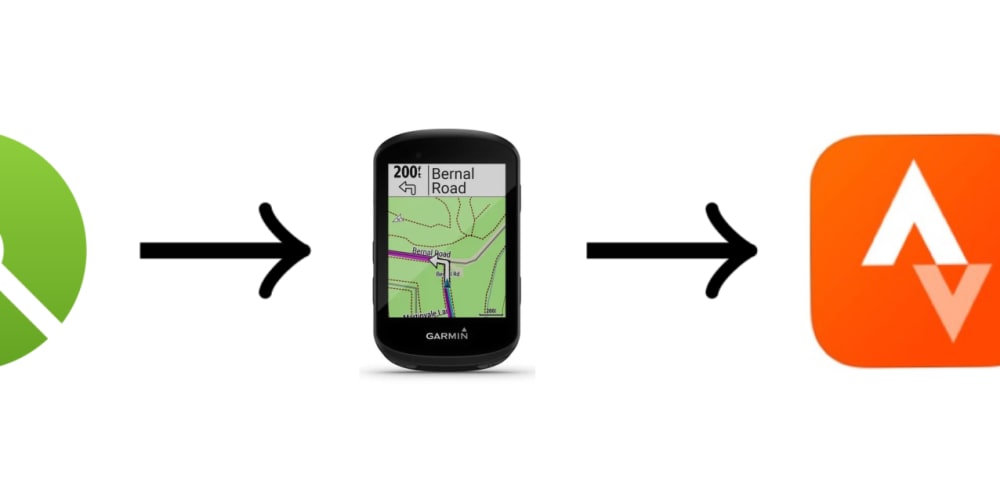1. Introduction to Microservices Monitoring
In a microservices architecture, an application is decomposed into loosely coupled services that interact with each other. This architecture provides numerous benefits, such as scalability and flexibility, but it also introduces challenges in monitoring and tracing the flow of requests across different services.
Challenges in Monitoring Microservices:
- Distributed Nature : With services spread across multiple nodes, tracing requests can be complex.
- High Volume of Logs : The volume of logs generated by microservices can be overwhelming.
- Inter-Service Communication : Monitoring the interaction between services to detect latency or failures.
Enter Distributed Tracing
Distributed tracing is a method used to track requests as they flow through a microservices architecture. It provides a detailed view of each service's performance and the overall system. Tools like Zipkin and Jaeger are designed to simplify this process.
2. Understanding Zipkin
Zipkin is an open-source distributed tracing system that helps gather timing data needed to troubleshoot latency problems in service architectures.
Key Features:
- Trace Collection : Zipkin collects trace data from different services and aggregates them.
- Trace Analysis : Provides insights into the duration of operations and their interactions.
- Service Dependency Visualization : Zipkin offers a visual representation of service dependencies.
Setting Up Zipkin
Let's set up Zipkin in a Spring Boot microservices environment.
Step 1: Add Dependencies
In your pom.xml , add the following dependencies:
<dependency>
<groupId>org.springframework.cloud</groupId>
<artifactId>spring-cloud-starter-zipkin</artifactId>
</dependency>
<dependency>
<groupId>org.springframework.cloud</groupId>
<artifactId>spring-cloud-starter-sleuth</artifactId>
</dependency>
Step 2: Configure Zipkin
In your application.properties , configure the Zipkin server:
spring.zipkin.baseUrl=http://localhost:9411/
spring.sleuth.sampler.probability=1.0
Step 3: Run Zipkin
Download and run the Zipkin server using Docker:
docker run -d -p 9411:9411 openzipkin/zipkin
Step 4: Start Your Application
Run your Spring Boot application. As requests are made to your microservices, Zipkin will collect and display traces.
Invoke a Service Chain : Trigger a series of API calls across multiple services.
Access Zipkin Dashboard : Go to http://localhost:9411 to view the traces.
Analyze Traces : Zipkin will show a timeline of the requests and how they propagated through the services.
You should see a visual trace of the requests, with each service call represented in the timeline. This will help identify latency bottlenecks and potential issues.
3. Understanding Jaeger
Jaeger is another popular open-source distributed tracing system. It was originally developed by Uber Technologies and is designed for monitoring and troubleshooting microservices-based architectures.
Key Features:
- End-to-End Distributed Tracing : Jaeger tracks the entire lifecycle of a request.
- Root Cause Analysis : Helps in identifying the root cause of performance issues.
- Service Dependency Analysis : Like Zipkin, Jaeger visualizes the dependencies between services.
Setting Up Jaeger
Let's set up Jaeger in a Kubernetes environment.
Step 1: Deploy Jaeger
You can deploy Jaeger using Helm:
helm install jaeger jaegertracing/jaeger
Step 2: Configure Your Application
In your application, configure the tracer:
spring:
sleuth:
sampler:
probability: 1.0
zipkin:
enabled: false
jaeger:
enabled: true
endpoint: http://localhost:14268/api/traces
Step 3: Generate Traces
Run your application and perform operations that will generate traces.
Access Jaeger UI : Open the Jaeger UI at http://localhost:16686.
Search for Traces : You can search for traces by service name, operation name, or trace ID.
Analyze Traces : Jaeger provides a detailed view of each trace, showing the timeline of operations and any errors encountered.
The Jaeger UI should display the traces, and you can drill down into each one to see detailed timing information, which is useful for diagnosing issues like latency.
4. Zipkin vs. Jaeger: Which One to Choose?
Both Zipkin and Jaeger are powerful tools, but they have their differences:
- Ease of Setup : Zipkin is easier to set up for simple use cases, especially in Spring Boot environments.
- Advanced Features : Jaeger offers more advanced features like adaptive sampling, storage backends, and richer UI options.
- Community Support : Both have strong community support, but Jaeger's ecosystem might be slightly more active due to its adoption in Kubernetes.
Choosing the Right Tool
- Zipkin is a great choice if you're looking for simplicity and quick setup in a Spring-based environment.
- Jaeger is better suited for complex systems with advanced tracing needs, especially if you are working in a Kubernetes environment.
5. Conclusion
Monitoring and observing microservices is essential for maintaining the health and performance of your system. Zipkin and Jaeger provide powerful tools for distributed tracing, helping you gain insights into how your services interact and where potential issues might lie.
By setting up these tools, you can proactively monitor your microservices, ensuring that your applications run smoothly and efficiently. Whether you choose Zipkin for its simplicity or Jaeger for its advanced features, both will significantly enhance your ability to troubleshoot and optimize your microservices architecture.
Read posts more at : Microservices: Monitoring and Observing with Zipkin and Jaeger


















